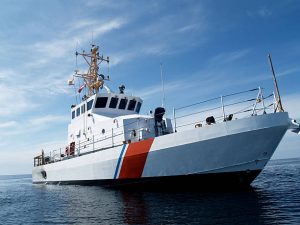Not All Drug Routes Lead To America (Part 2)
However, the Mexican cartels who control the overland routes for drug trafficking are routinely sending loads of cocaine and methamphetamine into Europe, several of which large loads have been seized in ports like Amsterdam. This development has grown since the Fifth Circuit Court of Appeals Rojas case and particularly in the last few years. The government must distinguish between drugs that are intended for the United States and those intended for Europe and Asia, where profits per load can be much higher. In an importation case, “[t]he government ha[s] to show that each defendant intended or knew that the ‘conspiracy to import was directed at the United States.’” United States v. Conroy, 589 F.2d 1258, 1270 (5th Cir.1979).
Sherman and Plano Federal Courts are bound to review such cases under the light of Rojas, but Rojas was based on the presentation of a Colombian and Mexico conspiracy that ended in 2009, itself reviewed under the standard of United States v. Martinez, 476 F.3d 961 (D.C. Cir. 2007) (citing DEA testimony that almost all drugs coming through Central America are bound for the United States), a time in which the illegal drug market in Europe was undeveloped. See Rojas v. United States, 812 F.3d 382, 400-401 (5th Cir. 2016). Codefendants in Rojas testified that they knew the cocaine was specifically going to the United States. Id., at 401. The more profitable European market was not even considered in Rojas, only the significantly less profitable Central American market, there was no testimony that you could potentially make more money in Europe with less law enforcement risk. Id.
If you or a loved one has been charged with a crime, call Micah Belden at 903-744-4252 now.

A United States Coast Guard Cutter of the Marine Protector class. This is an 87′ vessel capable of 30+ knots and it is used for law enforcement, and search and rescue operations.
 Sherman & Plano, TX Criminal Defense Lawyer Blog
Sherman & Plano, TX Criminal Defense Lawyer Blog

